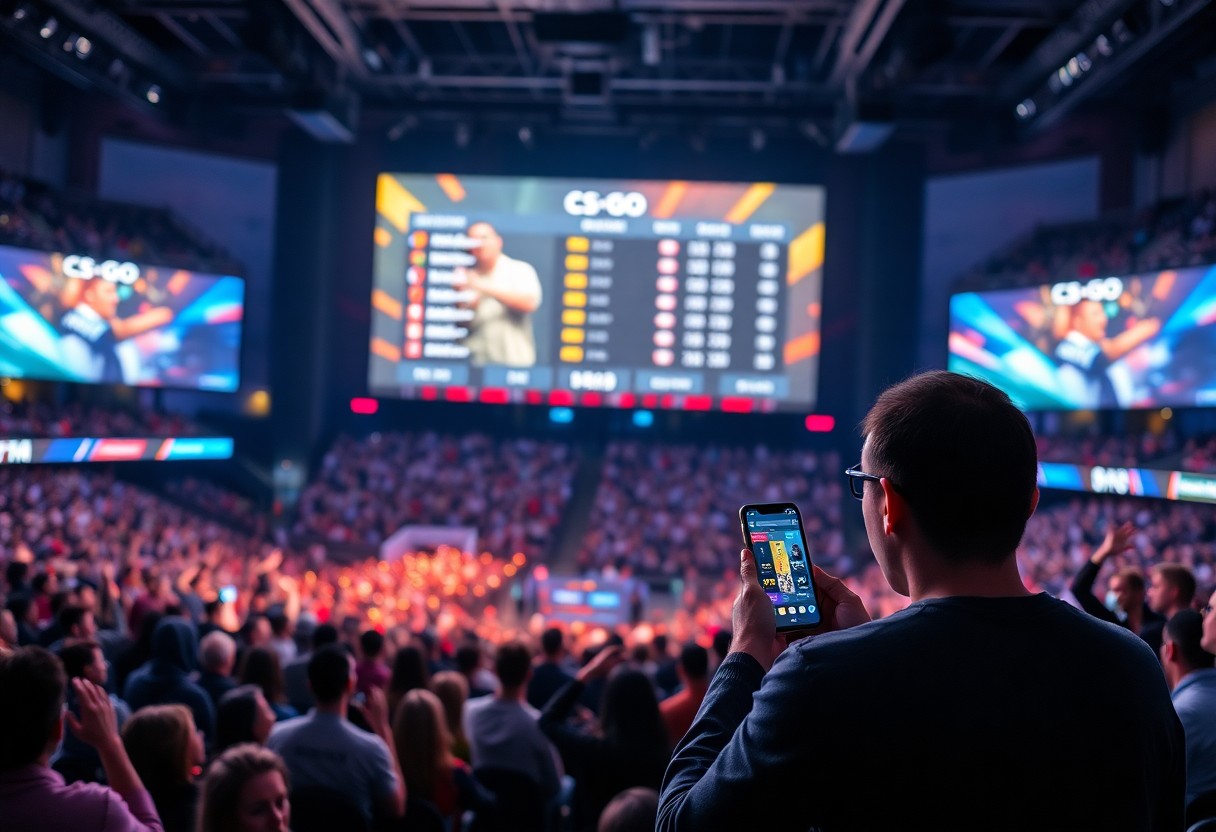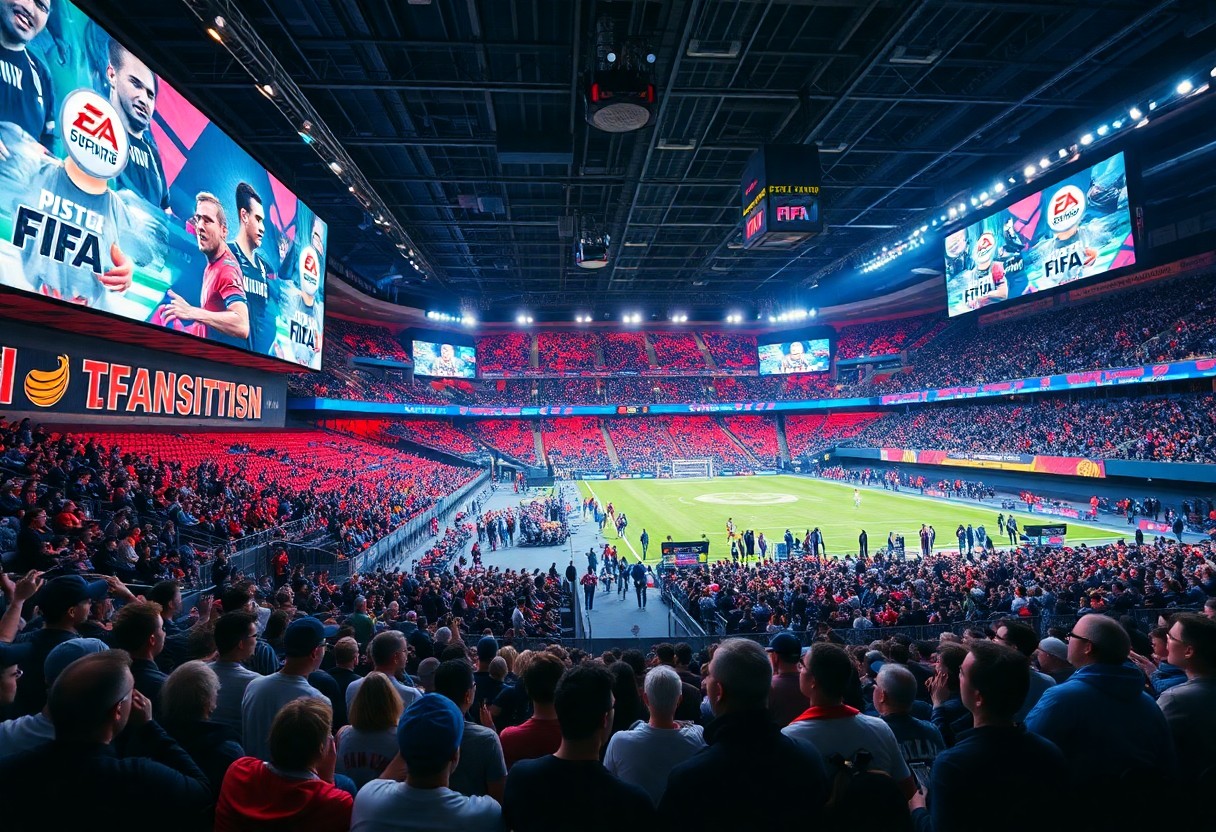Most fans and players around the world often draw comparisons between traditional sports and the burgeoning realm of esports. FIFA, the governing body for international football, has made significant strides in cultivating its esports ecosystem, leveraging its enduring popularity to connect with a digital audience. The FIFA esports scene encompasses various tournaments, player engagements, and a thriving community, presenting a unique blend of digital entertainment that both parallels and diverges from traditional sports.
FIFA’s esports platform is primarily represented through the FIFA video game series, developed by EA Sports. Each annual release generates massive buzz, with millions of copies sold worldwide. The most notable tournament within this ecosystem is the FIFA eWorld Cup, which showcases the best players globally, drawing parallels to the traditional World Cup. Competitors participate through online qualifiers, where they showcase their skills and strategy. The tournaments are broadcasted, mirroring the production quality and viewer engagement synonymous with traditional sports events.
Community engagement plays a significant role in both FIFA esports and traditional sports. In traditional settings, fans gather to cheer for their teams, while in esports, viewers tune into livestreams on platforms like Twitch and YouTube, where they can engage directly with players and commentators. This interactivity creates a strong sense of community, making it easily accessible for both seasoned gamers and curious newcomers. Likewise, FIFA ensures community involvement by organizing grassroots tournaments that empower local players and create pathways for aspiring professionals.
There are inherent differences throughout the operational structures of FIFA esports and traditional sports. Traditional sports often rely on physical teamwork, endurance, and extensive training regimens to achieve success. In contrast, FIFA esports demands a different skill set, focusing on strategy, quick reflexes, and deep game knowledge. The digital environment allows for instant feedback, analytics, and performance tracking, which enhances the feedback loop for players and teams, fostering quicker improvements in skill and tactics.
Commercialization is another area where FIFA esports mirrors traditional sports but also adapts to the digital world. Major brands, leagues, and franchises have begun to invest heavily in esports partnerships, securing sponsorships and creating merchandise. For instance, clubs like Manchester City and FC Barcelona have their own esports teams, bridging the gap between their physical and digital representations. The revenue generated from these partnerships, alongside growing viewership, highlights the potential for FIFA esports to become a significant commercial sector like traditional sports.
As esports continues to grow, FIFA’s response aims to ensure sustainability within its ecosystem. The organization implements regulations, governing rules to ensure fair play, and structures competitive integrity, similar to traditional sporting bodies. However, the fast-paced nature of the digital world means that FIFA must be adaptable, responding to trends like virtual reality and augmented reality, which could further reshape the player and viewer experience.
Hence, FIFA’s esports ecosystem signifies a dynamic and rapidly evolving landscape. While it shares similarities with traditional sports in terms of community, commercialization, and competition, it also possesses unique characteristics that define its digital nature. As the lines blur between physical and digital games, both spheres can learn and evolve together, paving the way for an exciting future in sports entertainment.







